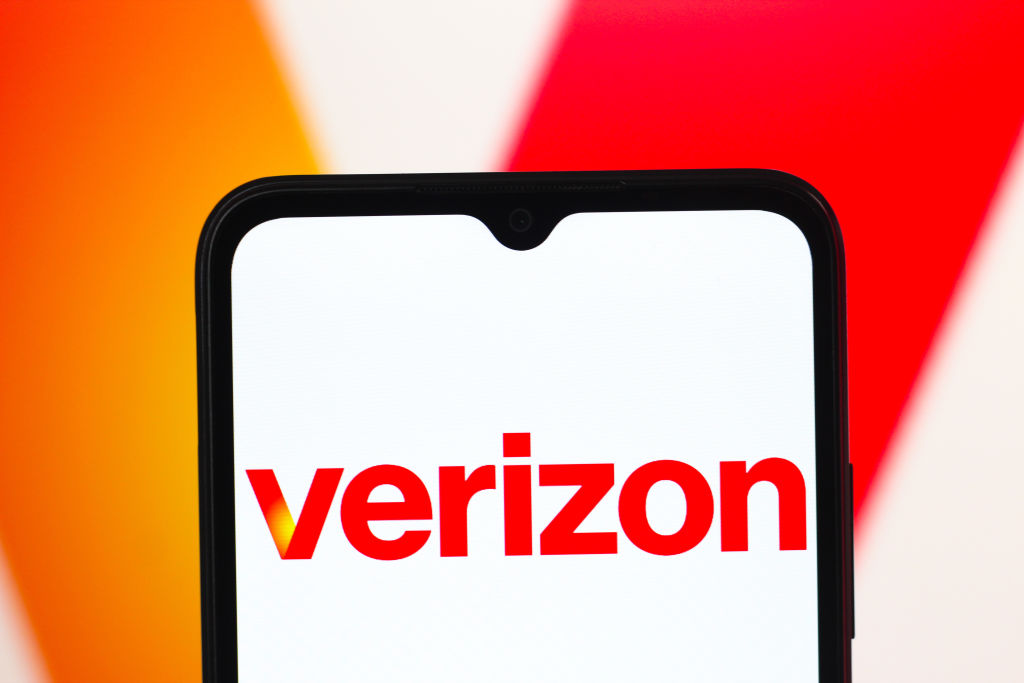JDS Uniphase: Blast from the Past
This telecom-equipment maker, which once epitomized the bubble in tech stocks, gets a lift after delivering an upbeat earnings report. Its stock only has $1,200 to climb before reaching its old highs.

It was almost like the good old days. Shares of telecom-equipment maker JDS Uniphase leaped 15% on November 3 after the company reported its first quarterly profit in more than five years. Benefiting from cost cutting and strong sales, particularly in its optical-communications-products division, the San Jose, Calif., company reported profits of $6.8 million, or three cents a share.
The earnings report and generally upbeat comments by management prompted at least two brokerage-firm analysts to upgrade the stock. "We think the worst is behind JDS Uniphase with much improved profitability ahead," Needham analyst John Harmon wrote in a note to clients. He upgraded the shares from "buy" to "strong buy," with a target price of $26. The stock closed November 3 at $16.58.
JDS Uniphase was one of the poster children for the excesses of the tech-stock bubble of the late 1990s. Adjusted for various splits, including an unusual 1 for 8 reverse split in mid October, the stock traded for as much as $1,227 per share in 2000. Investors valued the company at more than $100 billion, compared with about $3.5 billion today. But after generating peak earnings of $4.40 per share in the fiscal year that ended June 2001, business fell off a cliff as spending for telecommunications equipment fell into a deep slump. (Incidentally, the stock's unusual symbol, JDSUD, reflects the recent reverse split. The symbol is expected to revert to JDSU in a matter of days.)

Sign up for Kiplinger’s Free E-Newsletters
Profit and prosper with the best of expert advice on investing, taxes, retirement, personal finance and more - straight to your e-mail.
Profit and prosper with the best of expert advice - straight to your e-mail.
Annual cost savings of about $90 million were a major factor in the company's return to profitability. Over the past few years, according to Value Line, JDS has shuttered 52 sites and buildings in North America, Europe and Asia. The company has exited some businesses and outsources more of its manufacturing nowadays. Management says the cost savings will be slightly higher in the current fiscal year.
On the revenue side, the most bullish development in the September quarter report (JDS's first fiscal quarter) came from the optical-equipment division, which includes fiber-optic products. Quarterly sales of $138 million were up 37% from the same quarter a year earlier and 4% from the June quarter. But revenues of $117 million from testing and measurement gear, the other key part of JDS's business, were somewhat disappointing, despite being up 22% from the year-earlier period.
Analysts are sharply divided over where JDS's stock goes from here. Citigroup's Michael Genovese reiterated his buy recommendation and his Street high target price of $28. Genovese says the latest earnings report should go a long way in addressing FUD -- fear, uncertainty and doubt -- among investors.
Standard & Poor's raised its target price, but only by $1 a share, to $17. It reiterated a "hold," or neutral, opinion on the shares. Goldman Sachs also repeated its neutral opinion while trimming earnings estimates for the June 2008 and 2009 fiscal years and cutting its 12-month price target from $24 to $19.50. Among the risks Goldman cites are the possibility that JDS's restructuring could go awry and that continued consolidation in the phone industry could impact sales.
As for analysts as a group, they see JDS earning 22 cents a share in the current fiscal year and 49 cents in the year ending June 2008 (JDS lost 10 cents a share in the June '06 year). That means the stock sells at 75 times current-year estimates and 34 times the June '08 numbers. Those aren't low numbers. But if earnings can grow at anywhere near that pace in the coming year or two, the stock could be a winner.
Just don't expect it to hit $1,200 anytime soon.
Get Kiplinger Today newsletter — free
Profit and prosper with the best of Kiplinger's advice on investing, taxes, retirement, personal finance and much more. Delivered daily. Enter your email in the box and click Sign Me Up.

-
 Verizon’s Free iPhone Deal: What to Know Before You Switch or Upgrade
Verizon’s Free iPhone Deal: What to Know Before You Switch or UpgradeVerizon is offering a free smartphone — including the latest iPhones — with any myPlan, plus a three-year price lock. But is it really the best deal for you?
By Choncé Maddox
-
 Married? Five Ways to Ensure Your Estate Plans Work in Tandem
Married? Five Ways to Ensure Your Estate Plans Work in TandemGetting on the same page now means fewer potential problems when it counts.
By Kiplinger Advisor Collective
-
 Fed Leaves Rates Unchanged: What the Experts Are Saying
Fed Leaves Rates Unchanged: What the Experts Are SayingFederal Reserve As widely expected, the Federal Open Market Committee took a 'wait-and-see' approach toward borrowing costs.
By Dan Burrows
-
 Fed Sees Fewer Rate Cuts in 2025: What the Experts Are Saying
Fed Sees Fewer Rate Cuts in 2025: What the Experts Are SayingFederal Reserve The Federal Reserve cut interest rates as expected, but the future path of borrowing costs became more opaque.
By Dan Burrows
-
 Why Is Warren Buffett Selling So Much Stock?
Why Is Warren Buffett Selling So Much Stock?Berkshire Hathaway is dumping equities, hoarding cash and making market participants nervous.
By Dan Burrows
-
 Fed Cuts Rates Again: What the Experts Are Saying
Fed Cuts Rates Again: What the Experts Are SayingFederal Reserve The central bank continued to ease, but a new administration in Washington clouds the outlook for future policy moves.
By Dan Burrows
-
 If You'd Put $1,000 Into Google Stock 20 Years Ago, Here's What You'd Have Today
If You'd Put $1,000 Into Google Stock 20 Years Ago, Here's What You'd Have TodayGoogle parent Alphabet has been a market-beating machine for ages.
By Dan Burrows
-
 Fed Goes Big With First Rate Cut: What the Experts Are Saying
Fed Goes Big With First Rate Cut: What the Experts Are SayingFederal Reserve A slowing labor market prompted the Fed to start with a jumbo-sized reduction to borrowing costs.
By Dan Burrows
-
 Stock Market Today: Stocks Retreat Ahead of Nvidia Earnings
Stock Market Today: Stocks Retreat Ahead of Nvidia EarningsMarkets lost ground on light volume Wednesday as traders keyed on AI bellwether Nvidia earnings after the close.
By Dan Burrows
-
 Stock Market Today: Stocks Edge Higher With Nvidia Earnings in Focus
Stock Market Today: Stocks Edge Higher With Nvidia Earnings in FocusNvidia stock gained ground ahead of tomorrow's after-the-close earnings event, while Super Micro Computer got hit by a short seller report.
By Karee Venema